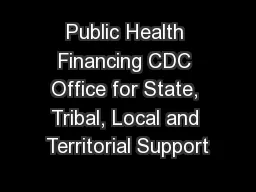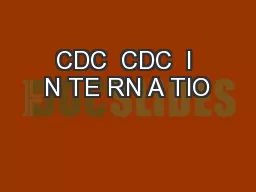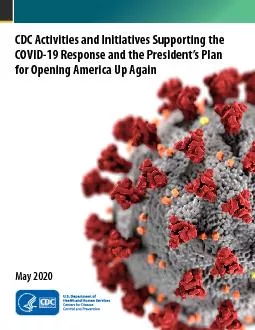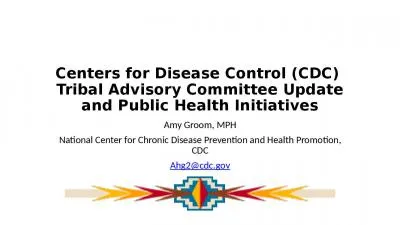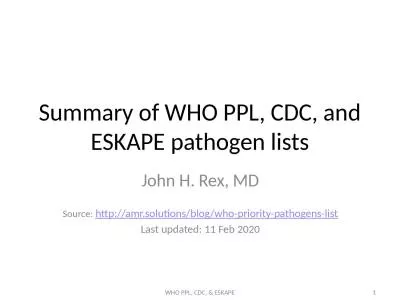PDF-CDC Provides Information to Male Patients and Parents Regarding Male C
Author : okelly | Published Date : 2022-08-23
HIV Infection Sexually Transmitted Infections and Other Health Outcomes CDC has released new information for providers to share with male patients and parents of
Presentation Embed Code
Download Presentation
Download Presentation The PPT/PDF document "CDC Provides Information to Male Patient..." is the property of its rightful owner. Permission is granted to download and print the materials on this website for personal, non-commercial use only, and to display it on your personal computer provided you do not modify the materials and that you retain all copyright notices contained in the materials. By downloading content from our website, you accept the terms of this agreement.
CDC Provides Information to Male Patients and Parents Regarding Male C: Transcript
Download Rules Of Document
"CDC Provides Information to Male Patients and Parents Regarding Male C"The content belongs to its owner. You may download and print it for personal use, without modification, and keep all copyright notices. By downloading, you agree to these terms.
Related Documents

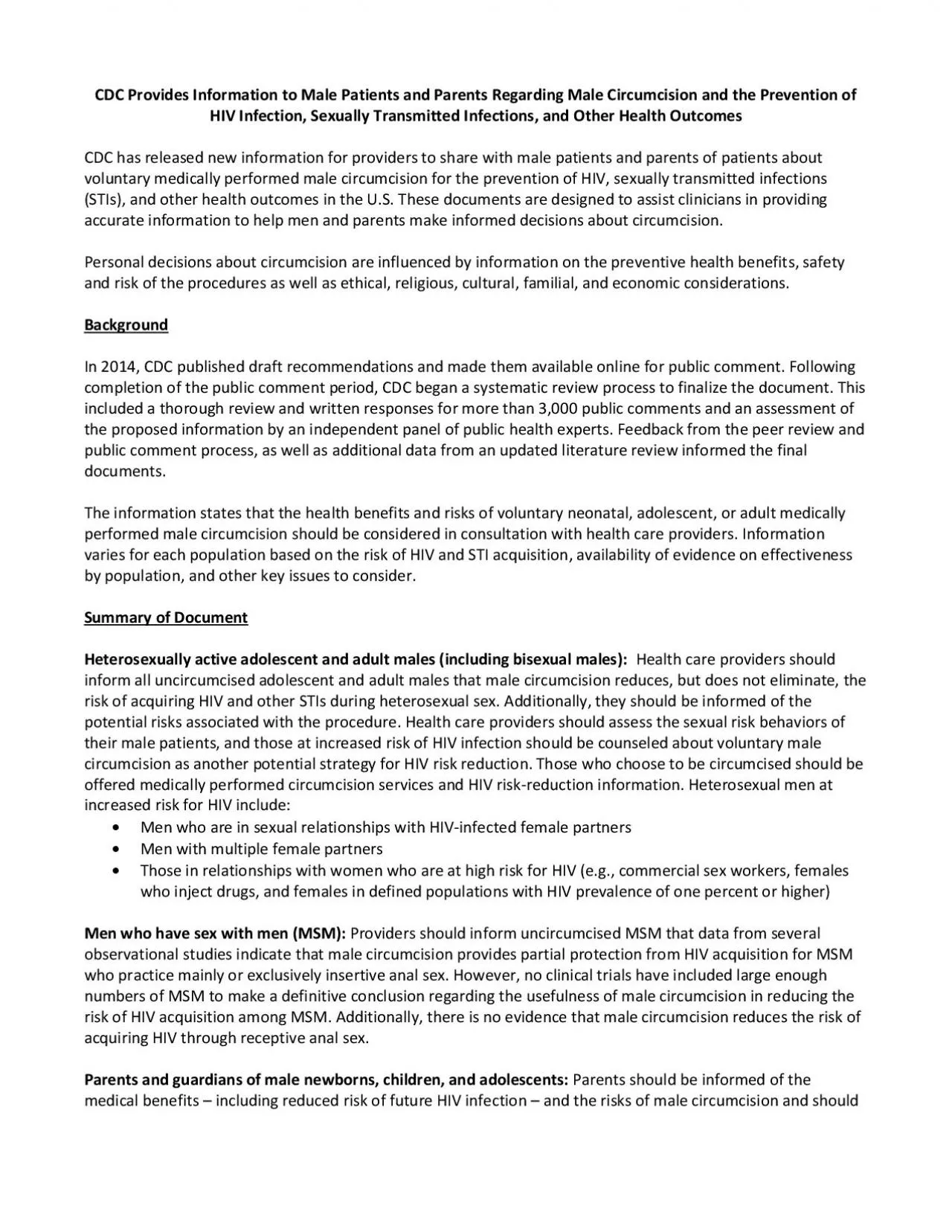
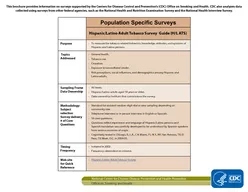


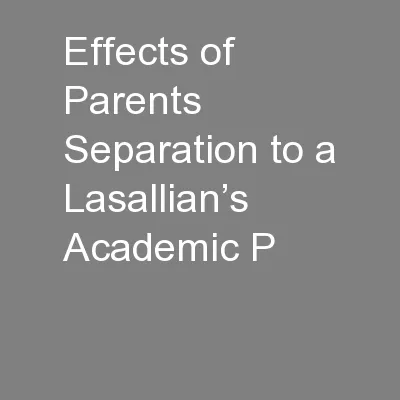
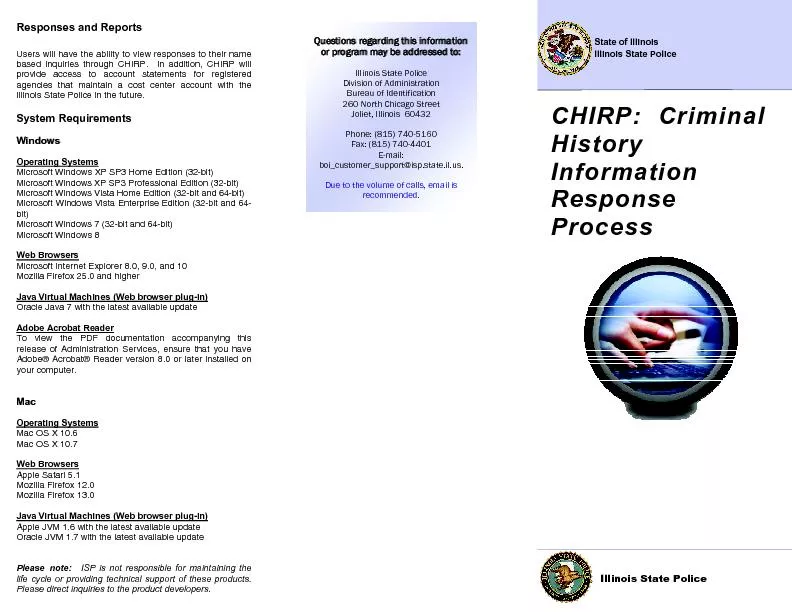
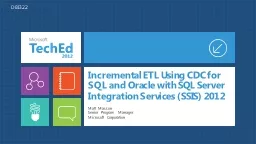
![[INSERT NAME OF PRESENTERS]](https://thumbs.docslides.com/689148/insert-name-of-presenters.jpg)
